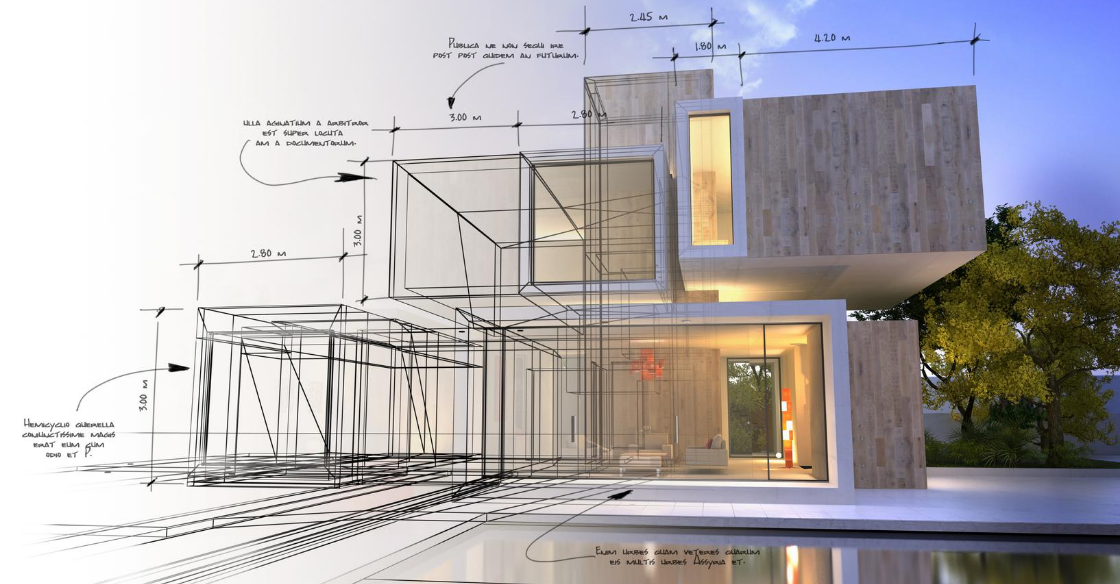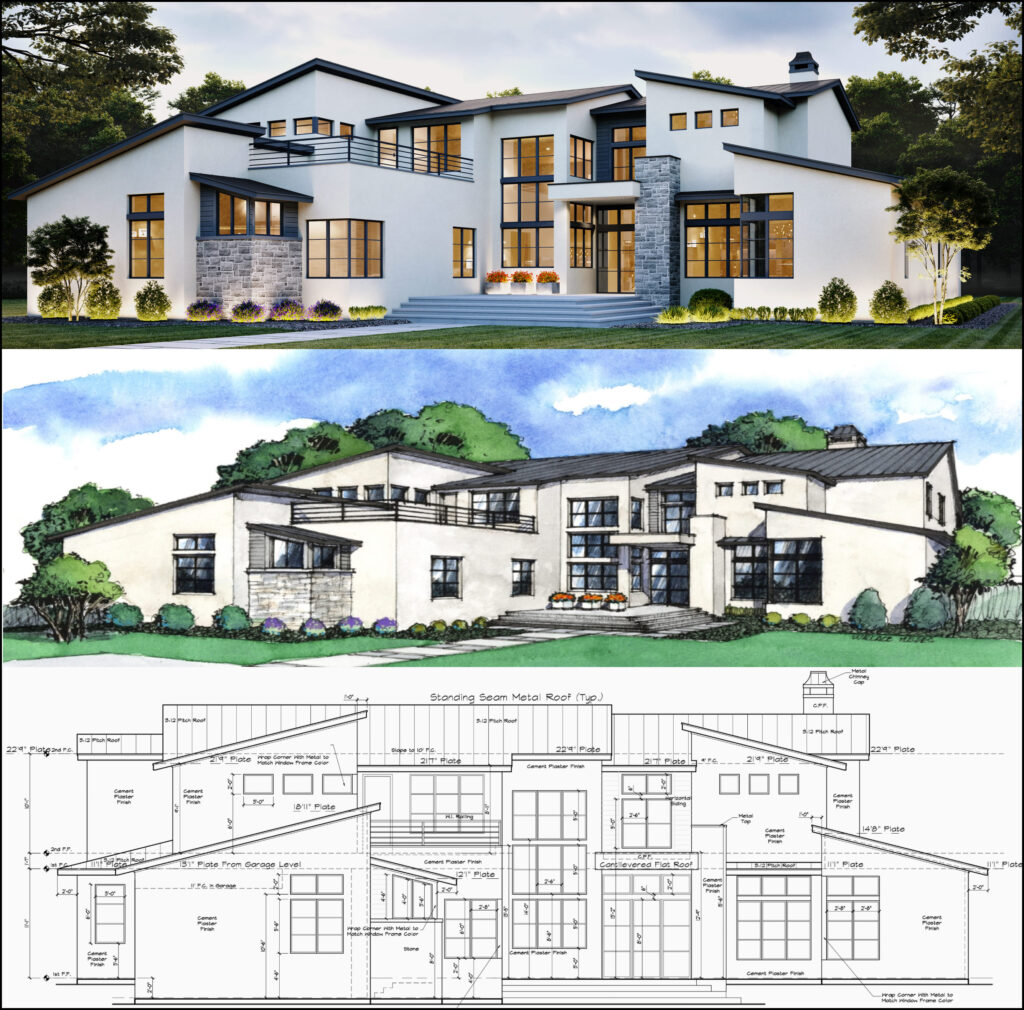How CDA Architects Incorporate Imagination and Functionality in Modern Style
How CDA Architects Incorporate Imagination and Functionality in Modern Style
Blog Article
Understanding the Collaborative Refine In Between Engineers and Designers in Modern Building Projects
The collaborative process in between designers and engineers is necessary in modern-day building and construction jobs, as it integrates style intent with engineering expediency. Checking out these dynamics reveals insights that might substantially impact job end results and general industry requirements.
The Relevance of Partnership
The collaborative harmony in between designers and designers is essential for the successful awareness of any kind of building and construction task. This partnership combines distinct knowledge and perspectives, making it possible for the integration of ingenious style with functional engineering remedies. By collaborating, engineers and designers can ensure that a project not only fulfills visual and useful needs however additionally complies with safety and security, sustainability, and budgetary restrictions.
Partnership cultivates a common vision, facilitating the alignment of objectives and expectations from the beginning. This alignment is vital in attending to prospective obstacles and mitigating threats that can arise throughout the job lifecycle. Moreover, a joint approach enables the effective allocation of sources, optimizing both time and expense.
The value of partnership reaches the repetitive process of style and building, where comments from designers can notify architectural decisions, causing even more possible and sustainable designs. Conversely, designers can influence engineers to think artistically about just how to attain architectural honesty without endangering artistic intent. Ultimately, the joint connection in between architects and engineers is not simply advantageous; it is basic to the creation of top quality, functional, and cutting-edge built settings that satisfy the requirements of society.
Interaction Strategies and Tools
Effective communication techniques and tools are essential for cultivating collaboration between engineers and engineers throughout the task lifecycle. Establishing clear channels of communication is necessary to guarantee that all team members are straightened with project goals, timelines, and responsibilities. Normal meetings, both in-person and digital, give opportunities for stakeholders to go over development, address issues, and make educated decisions.

In addition, adopting collaborative interaction devices, such as Slack or Microsoft Teams, permits for instantaneous messaging, data sharing, and ongoing discussions, promoting a more dexterous action to arising concerns. Record monitoring systems likewise play a vital role in organizing project paperwork, ensuring that all team participants have accessibility to the current information.
Shared Objectives and Task Vision
A merged project vision acts as the structure for effective collaboration in between architects and engineers (cda architects). This shared vision not just straightens the initiatives of both parties however also develops a typical framework for decision-making throughout the task's lifecycle. By verbalizing clear objectives, stakeholders can efficiently browse the complexities of modern construction jobs, making sure that both visual and functional needs are met
Developing common goals includes open dialogue and a detailed understanding of each self-control's contributions. Designers generally concentrate on design intent, spatial relationships, and user experience, while designers stress structural stability, systems functionality, and conformity with policies. When these viewpoints are lined up, the result is a cohesive task that abides by both innovative desires and technological feasibility.
Moreover, a well-defined project vision cultivates liability among staff member, motivating each participant check that to take possession of their function in attaining the wanted outcome. Routine check-ins and collaborative workshops can additionally enhance this dedication, enabling changes to be made as the project evolves. Inevitably, a shared vision not just improves synergy yet also elevates the top quality of the final deliverable, causing effective task conclusion.
The Duty of Technology
Leveraging technology has actually become crucial in enhancing cooperation between designers and engineers. Structure Info Modeling (BIM) stands out as an essential innovation, allowing both designers and engineers to develop thorough 3D models that encapsulate design intent and structural stability.
Moreover, cloud-based platforms allow seamless collaboration, allowing project stakeholders to gain access to and upgrade task information from anywhere. This cultivates a culture of openness and accountability, as adjustments can be tracked and reviewed in real-time. In addition, mobile applications further enhance communication, offering on-site groups with prompt accessibility to task requirements and updates.
Arising innovations such as expert system and device discovering are likewise beginning to play a role important source in predictive evaluation, aiding groups determine possible issues before they occur. Eventually, the role of modern technology in architecture-engineering partnership not just boosts workflow performances but also improves innovation, resulting in even more successful job end results. By accepting these technical developments, engineers and designers can make certain an extra cohesive and effective collaborative process throughout the building lifecycle.
Study in Effective Collaborations
Countless study show the extensive influence of reliable partnerships in between architects and engineers on job results. One noteworthy instance is the cooperation on the High Line in New York City, where landscape engineers, designers, and metropolitan organizers functioned together to change an abandoned rail line right into a vivid public park. This multidisciplinary technique not only enhanced the aesthetic high quality yet likewise ensured structural safety and environmental sustainability.

The Burj Khalifa in Dubai further demonstrates the significance of collective initiatives - cda architects. The combination of style and design competence enabled the task team to accomplish extraordinary elevations while adhering to safety and security guidelines and aesthetic vision
These examples underscore the significance of interaction, count on, and shared objectives. In today's intricate construction environment, such collaborations are important to browsing obstacles and supplying tasks that fulfill both useful and visionary objectives.
Verdict
In verdict, the cooperation in between architects and engineers is important for the success of modern-day building tasks. Reliable communication strategies, a shared job vision, and the integration of sophisticated technologies are crucial components that promote this collaboration.
Report this page